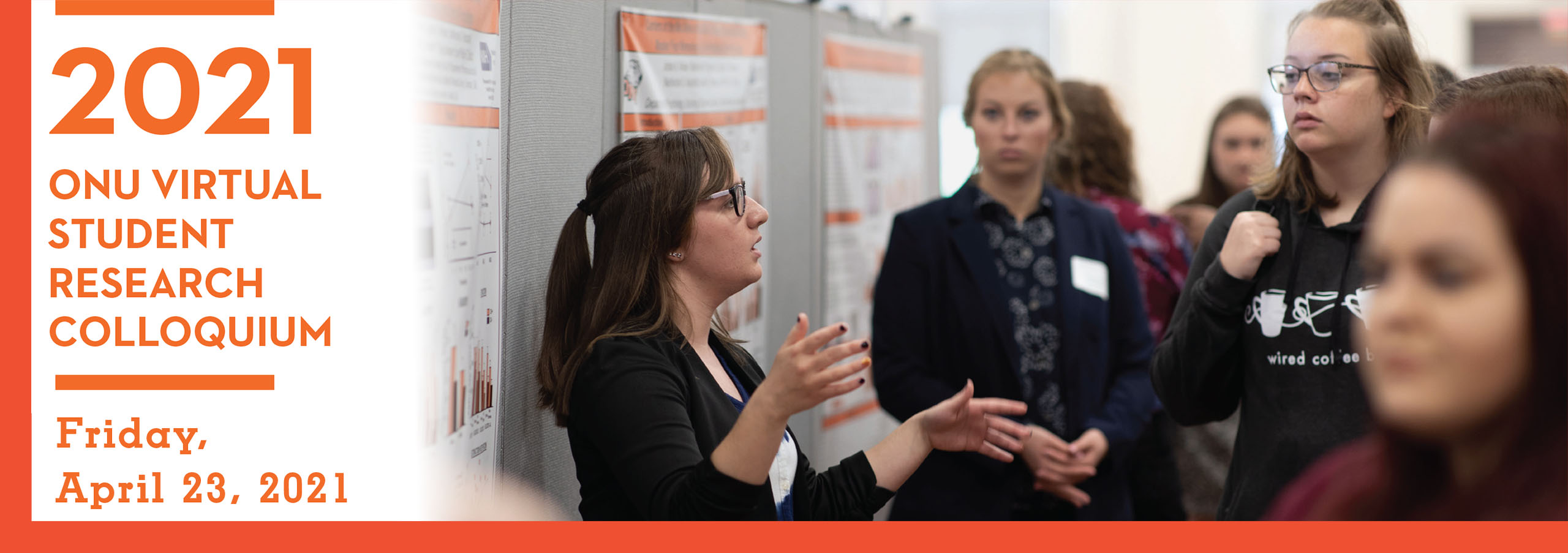Paper/Poster Title
Sponsor
Jamie Hunsicker, DNP
Ohio Northern University
Health & Behavioral Sciences, Nursing
j-hunsicker@onu.edu
Advisor(s)
Jamie Hunsicker, DNP
Ohio Northern University
Health & Behavioral Sciences, Nursing
j-hunsicker@onu.edu
Megan Lieb, DNP
Ohio Northern University
Nursing, Health & Behavioral Sciences
m-lieb.2@onu.edu
Document Type
Poster
Start Date
23-4-2021 9:00 AM
Abstract
Problem: Research shows that registered nurses frequently forget to turn their patients in a timely manner to prevent pressure ulcers. The turning of patients is key to reducing the number of hospital-acquired pressure ulcers every year.
Purpose: The purpose of this study is to evaluate the effects of a visual aid related to pressure injury prevention on ICU step-down registered nurses.
Methods: A convenience sample of ICU stepdown registered nurses’ completed an eight question Likert style pre-survey about nurse’s knowledge and feelings towards patient positioning, and a five-question post-test survey following implementation of a new visual aid. The visual aid included a table for every two hours where the nurse could write in what position the patient was turned to.
Results: It is expected that the visual aid will increase nurse’s knowledge of pressure injury prevention and increase use of patient turns as a preventive measure. The visual aid should prove to be effective by increasing nurses’ action of turning their patients to reduce pressure ulcers.
Conclusion: Based on the nurses’ expected responses and actions, it would be quite useful to implement a visual aid to assist in the turning of patients to prevent pressure injuries.
Recommended Citation
Fisher, James, "Pressure Injury Prevention in an Acute Care Setting" (2021). ONU Student Research Colloquium. 14.
https://digitalcommons.onu.edu/student_research_colloquium/2021/posters/14
Restricted
Available to ONU community via local IP address and ONU login.
Pressure Injury Prevention in an Acute Care Setting
Problem: Research shows that registered nurses frequently forget to turn their patients in a timely manner to prevent pressure ulcers. The turning of patients is key to reducing the number of hospital-acquired pressure ulcers every year.
Purpose: The purpose of this study is to evaluate the effects of a visual aid related to pressure injury prevention on ICU step-down registered nurses.
Methods: A convenience sample of ICU stepdown registered nurses’ completed an eight question Likert style pre-survey about nurse’s knowledge and feelings towards patient positioning, and a five-question post-test survey following implementation of a new visual aid. The visual aid included a table for every two hours where the nurse could write in what position the patient was turned to.
Results: It is expected that the visual aid will increase nurse’s knowledge of pressure injury prevention and increase use of patient turns as a preventive measure. The visual aid should prove to be effective by increasing nurses’ action of turning their patients to reduce pressure ulcers.
Conclusion: Based on the nurses’ expected responses and actions, it would be quite useful to implement a visual aid to assist in the turning of patients to prevent pressure injuries.

